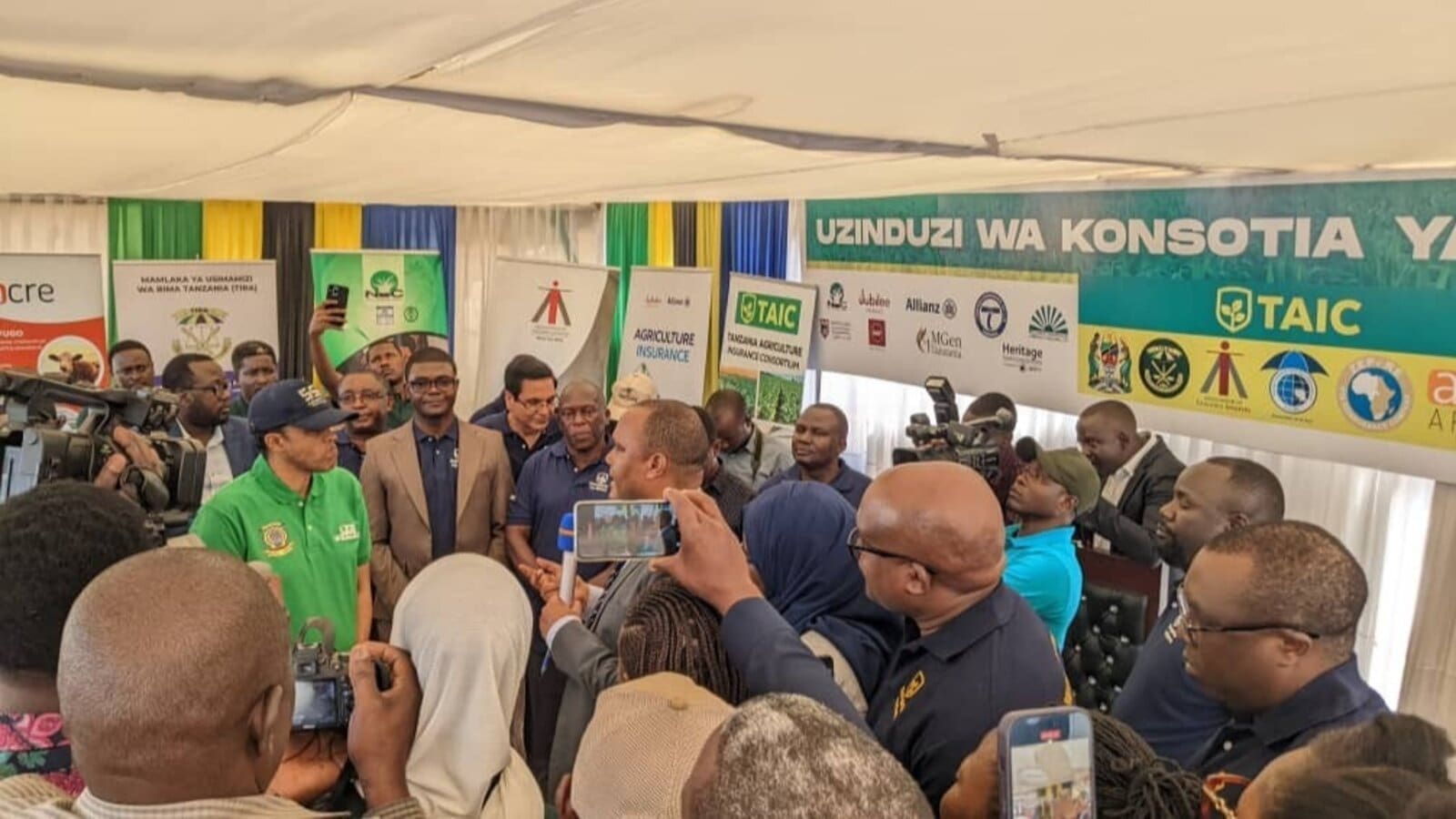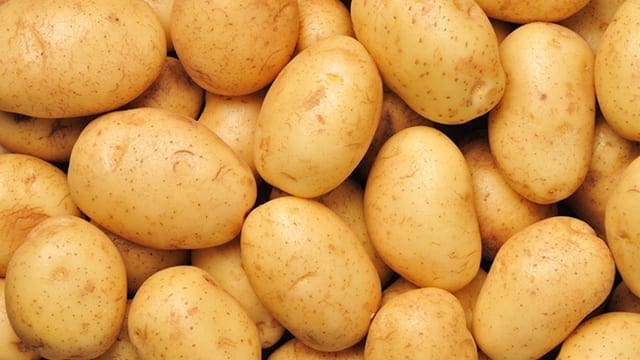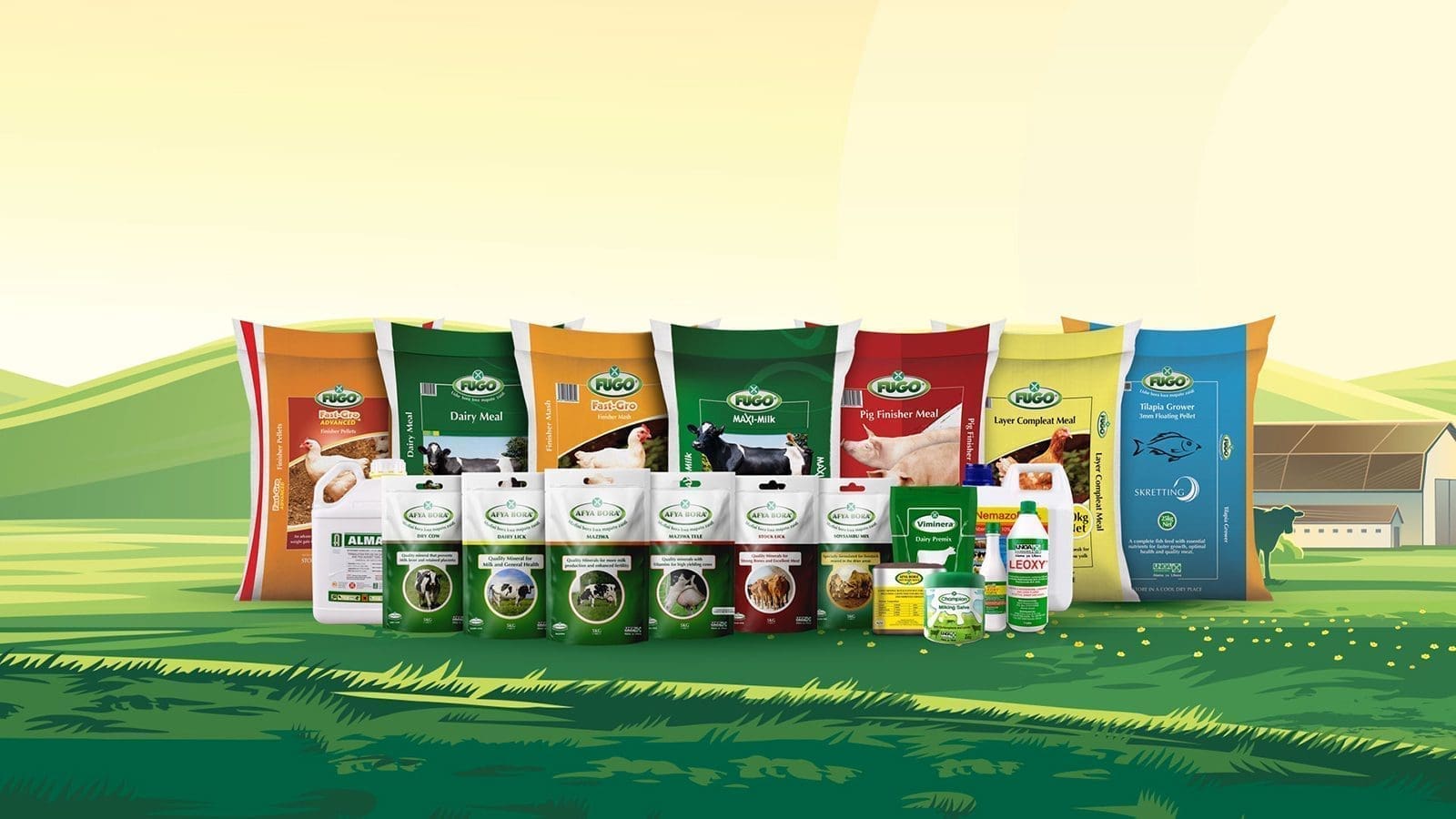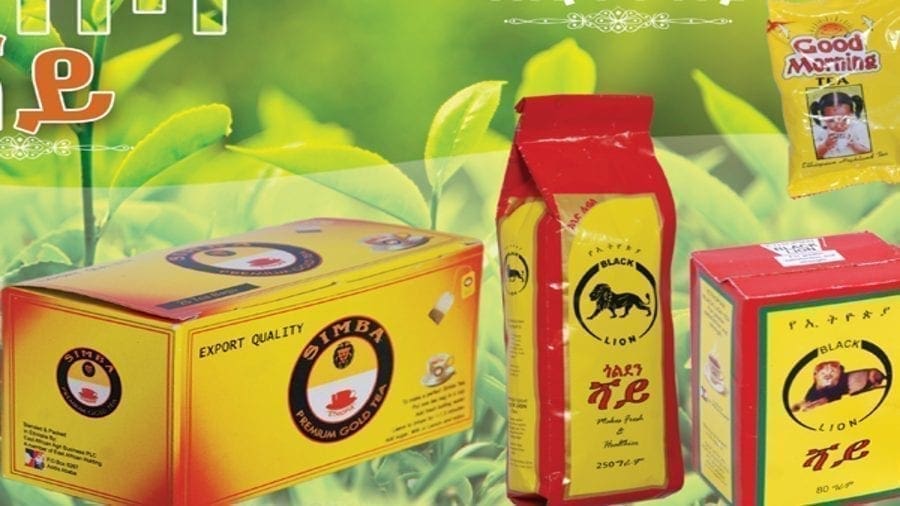NIGERIA – The much awaited cocoa corporation to become operational this year is expected to facilitate the increase of the production from the current 350,000 metric tons to the targeted 500,000 metric tons by 2015.
Peter Aikpokpodion, team leader, Cocoa Value Chain Development, notes that the cocoa transformation agenda of the Federal Government driven by the minister of agriculture has targeted the doubling of cocoa production from 250,000 in 2011 to 500,000 by 2015.
He says, “in 2012, we recorded an increase and the record provided by the Federal Produce Inspection Service, which is domiciled with the Federal Ministry of Trade and Investment, provided the figure of cocoa expert, which was 300,000 metric tons.
It also gave us a figure of 350,000 metric tons, as of July, as the 2013 production figure. So, you can see how gradually we have improved and consistently from 250,000 metric tons in 2011 to 350,000 metric tons in 2013, which means 100,000 metric tons have been added.”
According to Aikpokpodion, the increase of 100,000 metric tons achieved between 2011 and 2013, is impact of the Cocoa Growth Enhancement Scheme (GES), which is different from the regular GES for other aspects of agriculture in addition to a shift in the mindset of farmers towards taking cocoa production as real business.
He says the GES programme is tailored to meet the critical inputs that a cocoa farmer needs, such as agro-chemicals to counter black pod diseases, insect that attack the pods and also fertiliser to make sure the cocoa trees produce well, even though farmers before now have not been using fertiliser, because from the study we carried out, not many Nigerian farmers used fertiliser.
I can tell you, last year, we succeeded for the first time to introduce a specifically formulated fertiliser for cocoa. This is the cocoa fertiliser which was brought to the country and it is part of the efforts of the transformation agenda to make Nigeria farmers to use fertiliser. So, you can see the need of cocoa farmers – agro-chemicals, fertiliser and improved seeds/seedlings.
These are not just what they used to plant, which were un-selected materials. Now, there is a deliberate attempt to provide our farmers highly superior cocoa varieties.
So, unlike the general GES, which provides seeds and fertiliser to farmers, cocoa farmers get agro-chemicals, insecticides, fungicides and they get cocoa fertiliser as well as hybrid pods.
He states that it is a fact that Nigeria’s production is now 350,000 tons, saying we are behind what Ghana produces. Ghana produces between 850,000 tons and 1.0 million now, and Cote d’Ivoire produces between 1.2 million and 1.4 million. Definitely, that is clear and Nigeria lags behind them.
The way we are approaching this is not about competing, but it’s about taking a greater share of the world cocoa market. Now, I can tell you, the cocoa market is such that cocoa beans done account just for about 10 percent of the whole market value.
September 23, 2014; http://businessdayonline.com/2014/09/cocoa-corporation-to-achieve-5m-tons-production-by-2015-2/#.VCI5PFdVXGg










